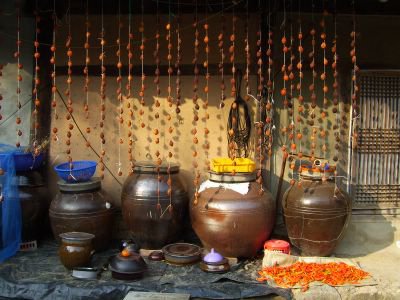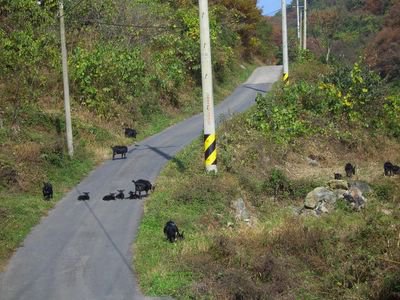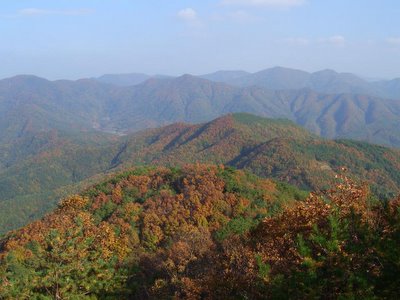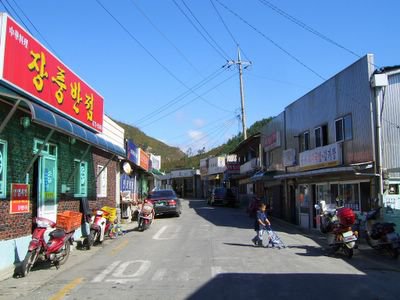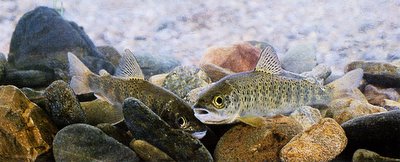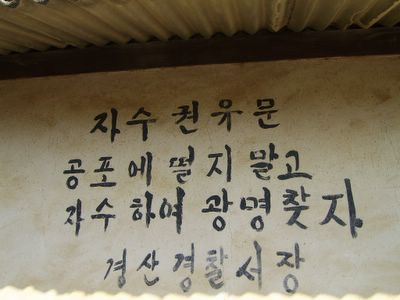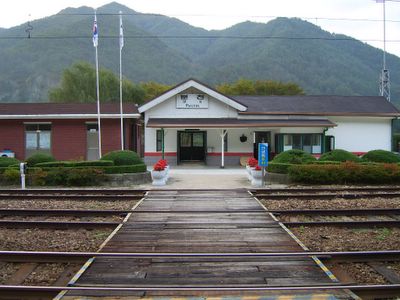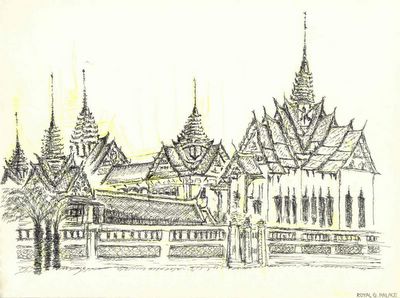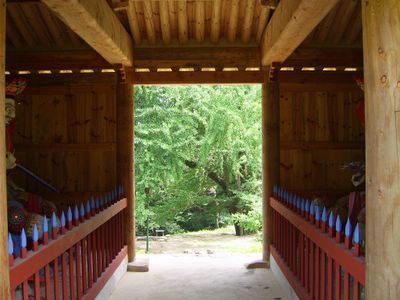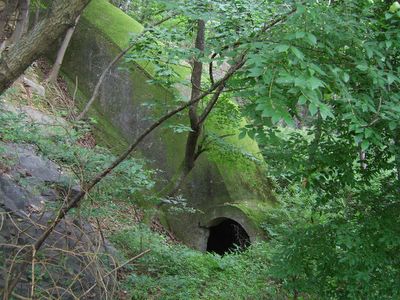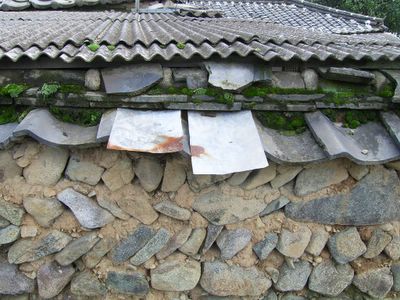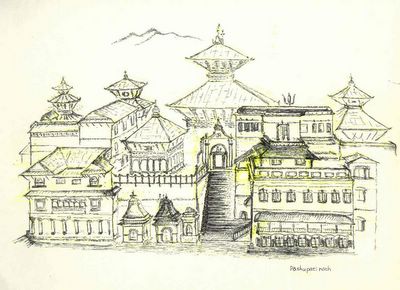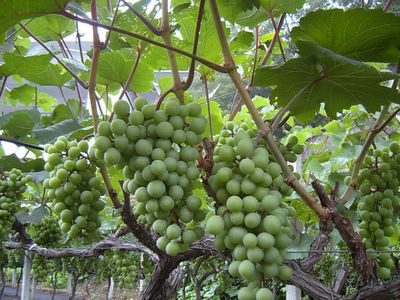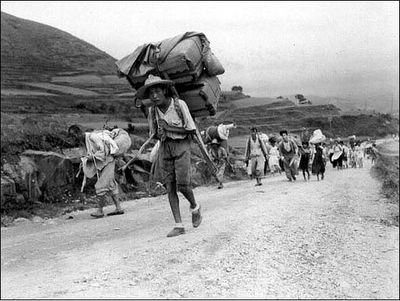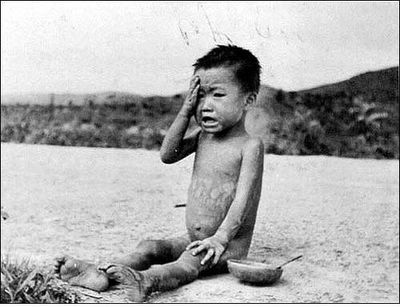An exotic building is downtown in Gyeongju 경주, the 1000-year old capital city of the Shilla Kingdom. During the Japanese colonial period, lots of Japanese shrines and Buddhist temples were built across the nation. They were not only for the Japanese in Joseon, the previous name of Korea, but for the colonial people, who were forced to worship the Japanese God in the shrines. Back then, Joseon was thought to be their permanent colony and they didn't hesitate to spend money on constructing splendid buildings to symbolize and boast of their power in Joseon.
The Japanese temple named Seogyeongsa 서경사 西慶寺 was built in Gyeongju in 1932, which was intended to propagate Japanese Buddhism in this area. It belongs to Soto school of Japanese Buddhism 조동종 曹洞宗. This temple was built out of materials like woods imported from abroad. The roof is decorated luxuriously and its tiles are tightly connected by copper wires. It has been known that Japanese turned this place into a police post afterward. It has a gloomy basement for examining and torturing anti-Japan activists for national independence.
After independence, this building was abandoned like a ghost house and became an office of fire prevention and control. But the discussion over its future has not reached any conclusion so far. Some people wished to pull down it to utilize the land, while others expect it to be conserved well because it is a historical symbol of the colonial age. Minor repair work has been done to maintain this old wooden building. Now it is used as the regional headquarter for marine corps veteran. Once in a while Japanese tourists visit and look around.
(*Updated January 18, 2010) *The top old photo shows the original image of the temple during the colonial era and the below ones the recent images back when regional headquarter for marine corps veteran used the building. After the local government had decided to conserve it as a culture property, the regional headquarter for marine corps veteran left it empty and moved. The restoration and conservation work has been completed recently.





